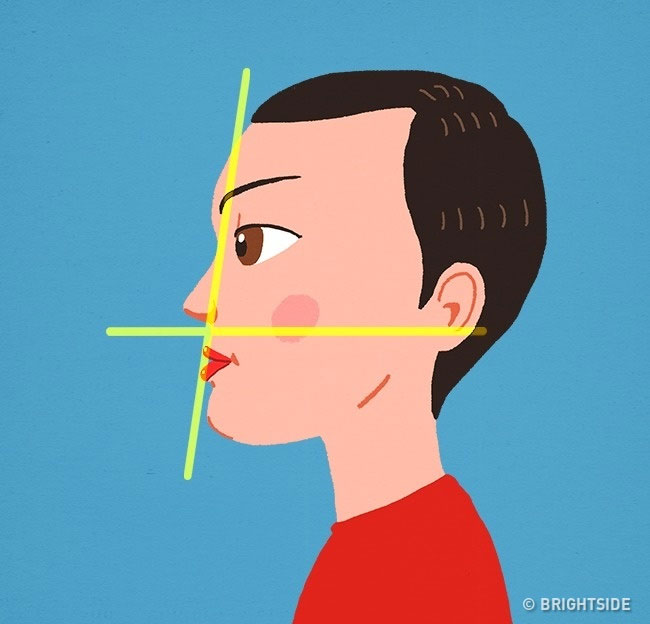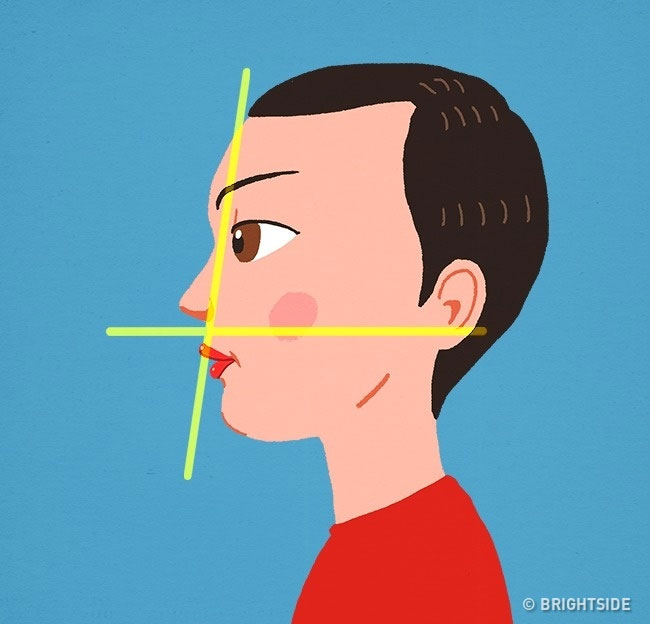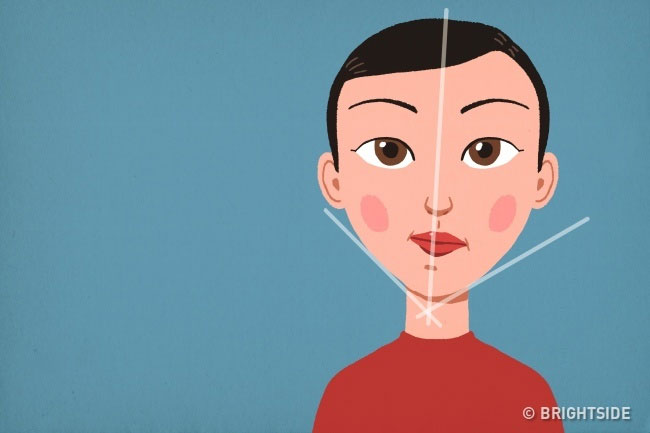The shape of your chin tells you more than you think
Your chin may reveal some unexpected things about childhood.
Recently a study published in the journal Human Biology showed that: The shape of the chin can reveal many things about your childhood.
Specifically, the study was conducted on more than 6,600 teenagers, aged 12-17, based on the symmetry on the face .
Let us discover how childhood affects how your chin and jaw will be!
Protruding chin (prognathism)

People with protruding lower jaws can be proud of strong muscles and skeletons.
People with protruding lower jaws can boast of strong muscles and a strong skeleton but they are also fat. If your chin is symmetrical, it means you inherit the inheritance from your parents or ancestors.
Retrognathism (retrognathism)

An indented but symmetrical chin is also a genetic trait.
In contrast, an indented chin indicates a weakly developed muscle, a flexible, hard-to-fat skeleton that tends to color blindness. An indented but symmetrical chin is also a genetic trait.
Asymmetric function

The asymmetry of the function is not an innate characteristic, but due to the process of growing up.
It appears due to physical stress during childhood, such as protein deficiency, early weaning, the impact of heavy metals, obesity, and tobacco. The reason may be that you are born in a large or low-income family, which affects nutritional or medical care quality conditions.
Both protruding chin and retractable chin can be asymmetrical. According to the study, one out of four subjects tested has an asymmetrical chin. This asymmetry is very small, not visible to the naked eye if you are not an orthodontist.
However, there are many ways to test yourself. You have an asymmetric function structure if:
- You often chew one side more than the other.
- You use teeth to bite food, not crush it.
- Tartar appears more than some teeth.
- Sometimes your gums may bleed.
Balanced flat chin

The balanced flat structure of the function indicates that this is a fully inherited trait.
According to the results of the study, the balanced flat structure of the function indicates that this is a completely inherited trait, unaffected by external or environmental factors.
- Why are people the only animals with chin?
- Women are prone to adultery
- Humans are the only animals with chin
- The chin man touches his chest to become a medical mystery
- Why are cylindrical trunks?
- China invited Japan and Korea to set up an observatory
- Why can a nose lift or chin fill filler cause complications?
- Why is gum used to shape hairstyles?
- Scientists found a completely new, unnamed shape in Mathematics
- Why do almost all fish have the same shape?
- The shape of the cup affects the speed of drinking
- The low hearing frequency is related to the cochlea shape
 'Fine laughs' - Scary and painful torture in ancient times
'Fine laughs' - Scary and painful torture in ancient times The sequence of numbers 142857 of the Egyptian pyramids is known as the strangest number in the world - Why?
The sequence of numbers 142857 of the Egyptian pyramids is known as the strangest number in the world - Why? History of the iron
History of the iron What is alum?
What is alum?